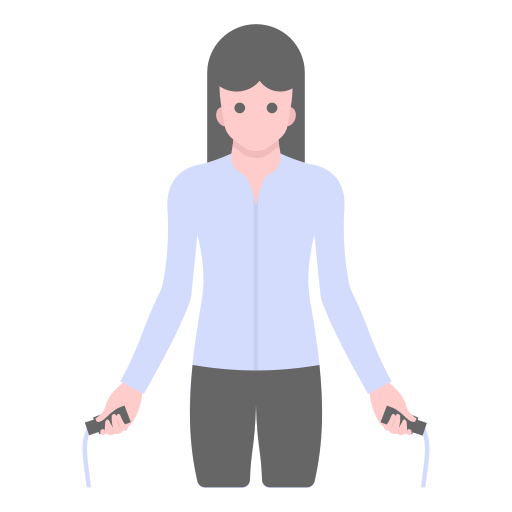Maximizing your jump program with jump charts and individual progress tracking.
Jumping rope is a fantastic cardio exercise that can improve your endurance, coordination, and balance. Like any other exercise, it's essential to track your progress to ensure that you're making gains and achieving your fitness goals. One way to do this is by using a jump chart. When you start a jumping rope program, you should first determine your starting point. This could be the number of jumps you can do in one minute or the length of time you can jump continuously without stopping.

Once you have your starting point, you can create a jump chart that outlines your goals for each training session. For example, if your starting point is 50 jumps in one minute, your first goal could be to increase that to 60 jumps in one minute. Your jump chart for that jump rope workout would include the number of jumps you want to achieve, the height of the jumps, and the amount of rest you need between sets. After each set, you can rate your performance using a scale of 1 to 5. If you find yourself struggling with a particular jump or set, don't get discouraged. Remember, it's not the missed jump but how you react to it that matters. Instead of giving up or getting frustrated, use that missed jump as an opportunity to learn and improve. Analyze what went wrong, adjust your technique, and try again.
🧠
Jumping rope training offers numerous benefits, such as burning calories, improving cardiovascular health and increasing bone density. By tracking your progress with a jump chart, you can ensure that you're getting the most out of your workout and making consistent gains.
💥
So grab your training jump rope and start jumping! Remember to use a jump chart to track your progress and stay motivated. And don't forget, whether you're a beginner or a pro, it's not the missed jump but how you react to it that matters.
🤳🏻